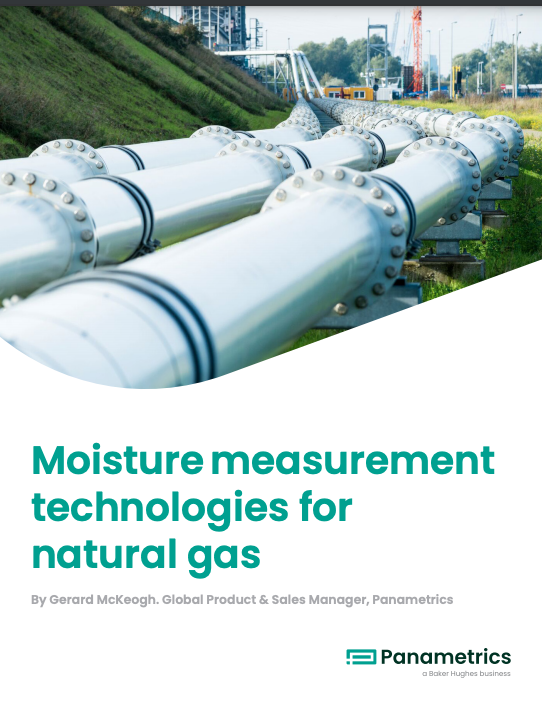White Paper: A Comparison of Moisture Measurement Technologies for Natural Gas
 The measurement of moisture in natural gas is an important parameter for the processing, storage and transportation of natural gas globally. Natural gas is dehydrated prior to introduction into the pipeline and distribution network. However, attempts to reduce dehydration result in a reduction in “gas quality” and an increase in maintenance costs and transportation as well as potential safety issues. Consequently, to strike the right balance, it is important that the water component of natural gas is measured precisely and reliably. Moreover, in custody transfer of natural gas between existing and future owners maximum allowable levels are set by tariff, normally expressed in terms of absolute humidity (mg/m3 or lbs/mmscfh) or dew point temperature. Several technologies exist for the online measurement and for spot sampling of moisture content. This paper reviews the most commonly used moisture measuring instruments and provides a comparison of those technologies.
The measurement of moisture in natural gas is an important parameter for the processing, storage and transportation of natural gas globally. Natural gas is dehydrated prior to introduction into the pipeline and distribution network. However, attempts to reduce dehydration result in a reduction in “gas quality” and an increase in maintenance costs and transportation as well as potential safety issues. Consequently, to strike the right balance, it is important that the water component of natural gas is measured precisely and reliably. Moreover, in custody transfer of natural gas between existing and future owners maximum allowable levels are set by tariff, normally expressed in terms of absolute humidity (mg/m3 or lbs/mmscfh) or dew point temperature. Several technologies exist for the online measurement and for spot sampling of moisture content. This paper reviews the most commonly used moisture measuring instruments and provides a comparison of those technologies.
|
Advertisement: The National Gas Company of Trinidad and Tobago Limited (NGC) NGC’s HSSE strategy is reflective and supportive of the organisational vision to become a leader in the global energy business. |




